ANTD.VN - Low-interest capital mobilization sources help banks reduce capital costs, thereby improving net profit margins. Bad debt is still increasing, but the proportion of group 2 debt is gradually decreasing, showing that the rate of bad debt formation is slowing down.
State-owned banking sector has low credit growth
VNDirect Securities Company has just announced its banking industry business results report for the third quarter of 2023.
Accordingly, by the end of the third quarter of 2023, system-wide credit growth will reach 7.0% compared to the beginning of the year - much lower than the 11.0% in the same period last year, but has increased significantly from 4.48% at the end of August 2023.
State-owned banks Vietcombank and BIDV had modest credit growth of 1.0% and 1.4% respectively compared to the previous quarter, significantly lower than the average credit growth of 2.4% of the top 25 largest listed banks. According to experts, weak credit growth is the result of weak credit demand as the economy has not really recovered and these banks' lending risk appetite is low.
Meanwhile, some joint stock commercial banks (JSCs) witnessed strong credit growth with a focus on lending to corporate customers. These include VPBank with an increase of 6.4% compared to the previous quarter, VIB 4.6%, LPBank 4.0% compared to the previous quarter.
VNDirect believes that in the fourth quarter, banks with a large proportion of corporate customer loans and large credit growth limits (VPBank, MB, HDBank ) will maintain their leading position in credit growth in the industry.
“We maintain our 10% yoy credit growth forecast for 2023, up from 7.0% at the end of Q3, but still below the 14% target set by the SBV,” the report said.
 |
Low interest rates help banks reduce capital costs |
Low interest rates help reduce capital costs
According to the data, the total NIM (net interest margin) of 25 listed banks decreased by 47 basis points to 3.32% in the third quarter with 22/25 banks having NIM decrease compared to the same period due to the growth rate of lending interest rates being lower than the growth rate of mobilization costs to support customers of these banks.
Among the mid- and large-cap joint stock commercial banks, only Sacombank, VIB and VietinBank were able to maintain stable or higher NIMs compared to the same period. In particular, VIB and VietinBank took advantage of high interbank lending ratios compared to the same period (the banks had the lowest ratio since 2022) in their capital structure to reduce capital costs.
For Sacombank, no longer having pressure from accrued interest has boosted NIM growth strongly in 2023.
Meanwhile, NIM of banks with high corporate bond ownership ratio such as VPBank and Techcombank continued to decrease the most.
However, there was a positive sign as the industry's capital expenditure decreased by 33 basis points compared to the previous quarter and was the first quarterly decrease (compared to the previous quarter) since early 2022.
This is mainly due to low-cost funding sources starting to be effective and the CASA ratio increasing higher (from 18.1% at the end of Q2/2022 to 18.9% at the end of Q3/2023).
“In Q4, we expect funding costs to fall further as low-cost deposits will account for a higher proportion in banks’ funding mix (deposit rates have fallen significantly by 40-100 basis points across all tenors in Q3).
However, NIM may not improve immediately in the context of weak credit demand as at present. We believe that some banks with high personal loan ratio and low USD mobilization ratio will have better opportunities to improve NIM than other banks" - VNDirect experts forecast.
In 2024, VNDirect believes that NIM will likely recover thanks to the return of credit demand along with economic growth.
The formation of bad debt has slowed down.
The bad debt ratio of the top 25 largest listed banks continued to maintain an upward trend to 2.24% at the end of the third quarter, the highest level since 2017. However, the bad debt coverage ratio only decreased slightly to 94% at the end of the third quarter, compared to 98% at the end of the second quarter and equal to the end of 2020. This shows the industry's better provision buffer over the years.
In addition, a positive signal is that the total percentage of group 2 debt (debt requiring attention) has decreased to 2.3% compared to 2.5% at the end of the second quarter, showing that the formation of bad debt is slowing down.
However, in the context of economic activities still difficult, experts predict that provisioning costs will continue to erode banks' profits in the coming quarters. Banks with high provisioning buffers (Vietcombank 270%, VietinBank 172%, BIDV 158%) will face less pressure on provisioning than other banks.
Source link


![[Photo] Keep your warehouse safe in all situations](https://vphoto.vietnam.vn/thumb/1200x675/vietnam/resource/IMAGE/2025/10/1/3eb4eceafe68497989865e7faa4e4d0e)


![[Photo] Hanoi morning of October 1: Prolonged flooding, people wade to work](https://vphoto.vietnam.vn/thumb/1200x675/vietnam/resource/IMAGE/2025/10/1/189be28938e3493fa26b2938efa2059e)
![[Photo] President of the Cuban National Assembly visits President Ho Chi Minh's Mausoleum](https://vphoto.vietnam.vn/thumb/1200x675/vietnam/resource/IMAGE/2025/10/1/39f1142310fc4dae9e3de4fcc9ac2ed0)







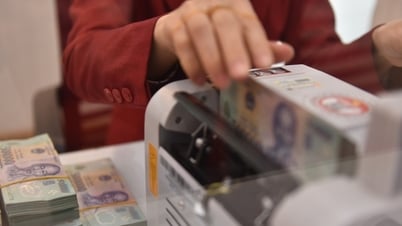

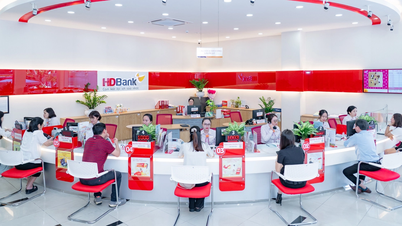


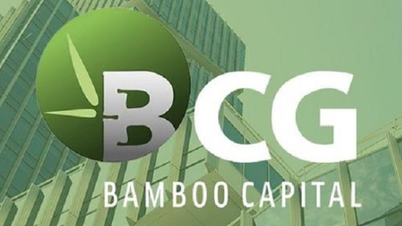

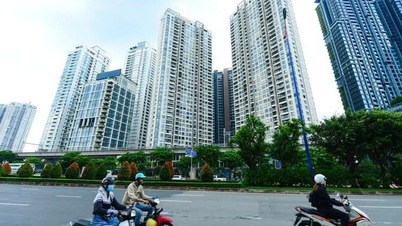
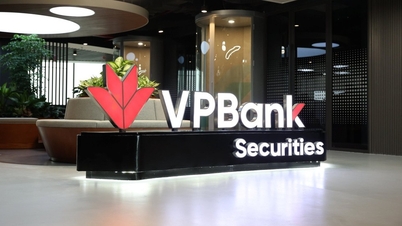
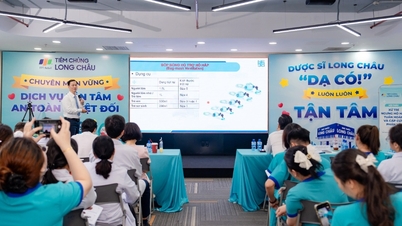



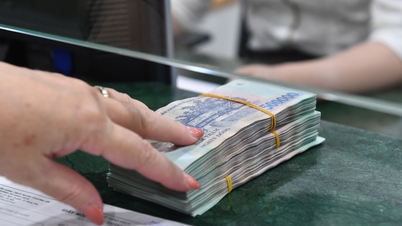





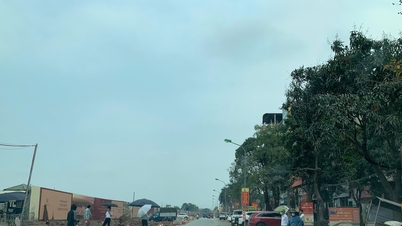
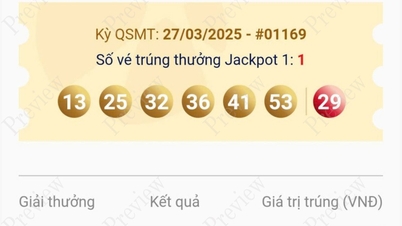














































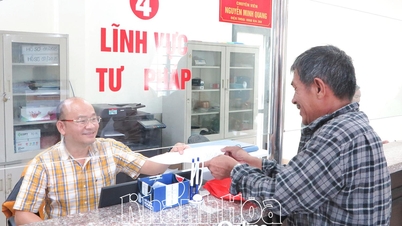
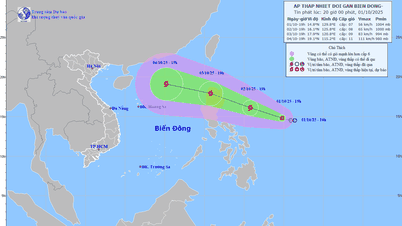

















Comment (0)